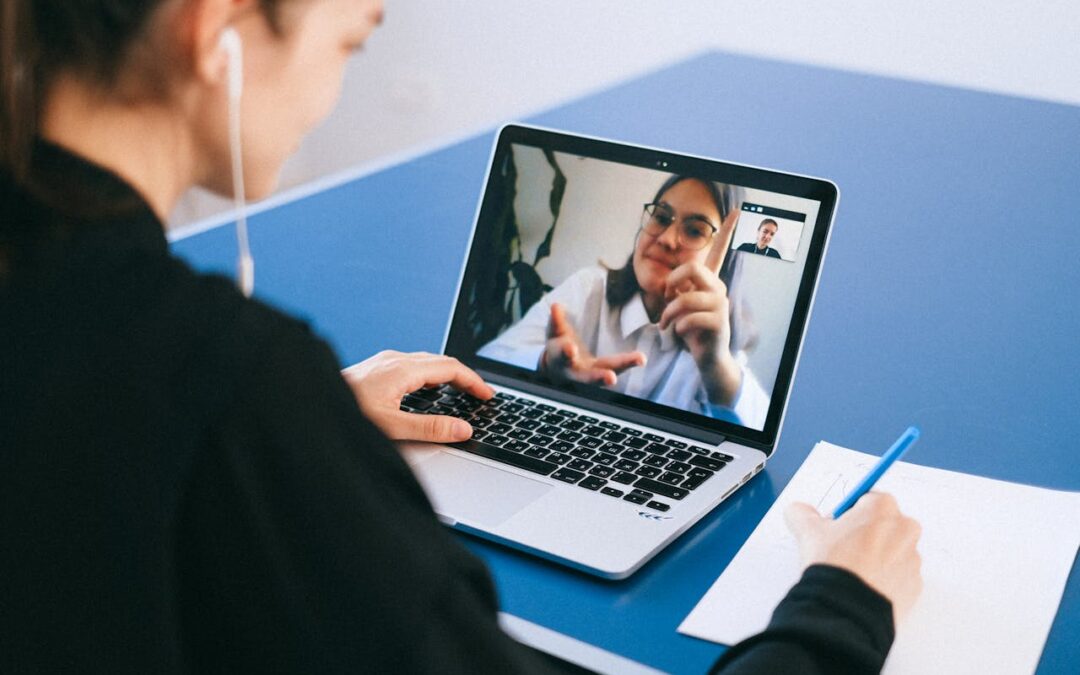But in at least some respects, the five-year strategies that were prepared before March 2020 are now obsolete. Charities are facing a very different situation from the one that existed before the pandemic swept across the world.
Nowhere is that more true than with their IT. In many cases, charity IT infrastructure now has to support a new army of remote workers and volunteers, who may be working on personal mobile devices and domestic internet connections.
It also has to support all the ways beneficiaries now interact with services, many of which have moved online, along with new digital fundraising drives. And after battening down the hatches for the pandemic period, some charities may be looking to return to growth, which will require an expansion of IT capacity.
All of which puts increasing pressure on your IT estate, at a time when spare cash for investment is hard to come by. In the rest of this article, we’ll discuss the new IT priorities for charities and non-profits, and cost-effective ways of ensuring your digital infrastructure is up to the task.
Priority one: communications
Perhaps the ‘number one’ priority for charities right now is ensuring staff and volunteers can communicate and collaborate as efficiently at home as they can in the office.
Many charities have permanently switched to a fully remote or hybrid working model, which means workers spend some of the week in the office and some at home.
In addition, staff and volunteers may be returning to face-to-face service delivery, if they ever stopped. And after a year and more of inactivity, charities are cautiously returning to in-person fundraising events.
In other words, your telephony and communications need to support a workforce that is more mobile than ever. Employees need to be able to make and take professional calls wherever they are. They need to be able to use video calls and conferencing to collaborate with colleagues and work with service users who may still be averse, or at risk, to physical meetings.
- Scalable. With VoIP, charities can scale up their service in just a couple clicks, and scale down again just as easily. You only ever pay for the service you use, and never have to invest in spare capacity as a precaution.
- Work from anywhere. VoIP is perfect for a hybrid workforce, because its full feature set is available wherever you are. Access it on a dedicated handset in the office, or from a softphone app for your smartphone or laptop. Take the same number with you wherever you go.
- Cost effective. Call costs are free – you simply pay a standard and predictable per-user per-month fee – and you don’t have any of the costs associated with managing and maintaining on-premise hardware.
- Collaborate. A VoIP-based Unified Communication (UC) solution will come with collaboration tools like video and audio conferencing and screen share as standard.
Priority two: connectivity
Since the pandemic, charities are using more digital services than ever. That might include productivity tools like Office 365 or G-Suite, alongside cloud storage solutions and project management applications.
It might already include a VoIP solution, or you may be planning to implement one in the near future.
The upshot of all this activity is that your connectivity may be starting to feel the strain. When colleagues are dialling into a video conference for a meeting that used to take place face-to-face, it’s easy to see how pressure might be building on your internet connection. If you’re likely to take on new employees or volunteers in the near future, it may get stretched to breaking point.
That can’t be allowed to happen, because your internet connection is increasingly the foundation of everything you do, from communication to fundraising to service provision.
Think of it this way. With the right connectivity, video calls are smooth and clear, service users enjoy a seamless online experience and even dispersed colleagues can collaborate easily and naturally. And with the wrong connection, the opposite happens.
- ADSL. ADSL is based on the copper network, and offers speeds of up to 17Mbps. It’s an affordable option for very small charities, or can act as a failover option in case of a primary connection outage. ADSL is basic, reliable internet, but will become defunct in the next 5 years.
- Fibre. For larger organisations and those that want to exploit the latest data-hungry communications and collaboration technology, fibre is the answer. Fibre is significantly faster than standard ADSL (speeds are available up to 330Mbps with VS Group, for example) and also more reliable. Fibre will future proof your charity for years to come.
- Leased line. Leased lines are uncontended, which means you get your own private connection for speed, security and consistent performance. Speeds are also symmetrical – upload and download speeds are the same. Typically, Leased lines are favoured by charities that send a lot of data to the cloud, offer virtual service provision via video conference, or run an e-commerce store.
Upgrading your connectivity may be an expense you simply have to accept, but it might not be as onerous as you fear. Fibre costs have reduced significantly in the last couple of years, and the extra outlay will be more than made up for by increased productivity and efficiency.
Priority 3: IT support
As your IT estate becomes more complex, you may be spending more time managing and maintaining it. In fact, you probably should be.
With more users connecting to more services from more devices, there’s more to go wrong and more serious consequences if they do. In addition, charities are almost as vulnerable to cyber attack as their counterparts in business.
But charity leaders have far more to worry about than their IT infrastructure. At the same time, many charities can’t afford to employ an in-house IT team, which leaves their systems and data seriously at risk of malfunction or malevolence.
That’s not a situation you can live with indefinitely. Your IT estate is too important for that. If you don’t have in-house IT staff, then outsourced third-party support can ensure your systems are secure and always working optimally on your behalf.
A good outsourced IT support service will effectively become an extension of your own team, offering a one-stop-shop for your core IT infrastructure, which means one point of contact, one invoice to deal with, and one highly dedicated support team if anything goes wrong.
Outsourced IT can also facilitate your future growth, by advising you on the best technology for your needs. It may seem like an extra expense, but it’s far cheaper than going it alone and risking outages, slowdowns and cyber-attacks.
Your perfect IT partner
Voluntary Services Communications Group has helped over 500 charities take advantage of better, more cost-effective IT. In the new charity landscape, we can be your long-term technology partner, guiding you to future-proofed connectivity and communications, while our managed IT support services take your technology headaches and make them ours.
We won’t sell you a product. We’ll use our broad experience in supporting the charity and non-profit sector to design a solution that meets your needs. As charities return to long-term planning, many will find they require a significant IT upgrade. Voluntary Services Communications Group is here to help.





